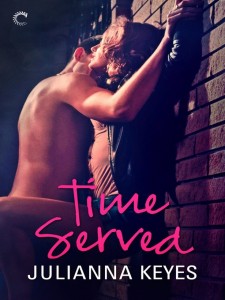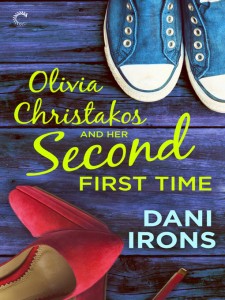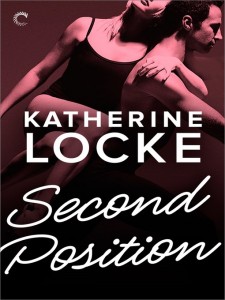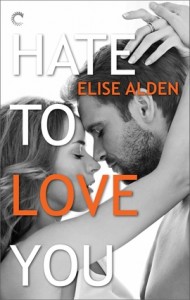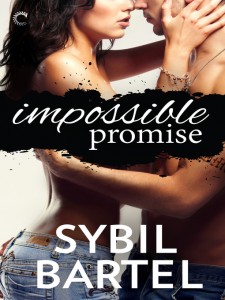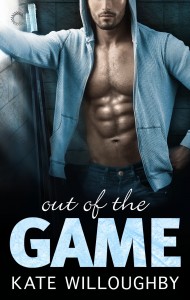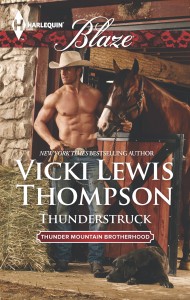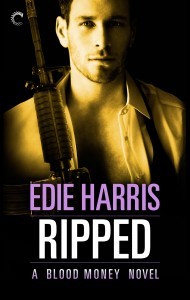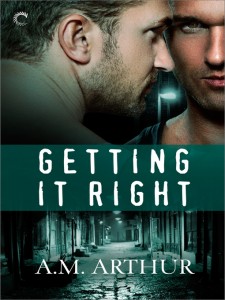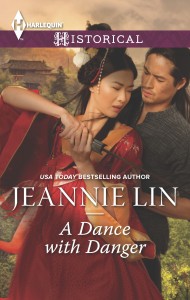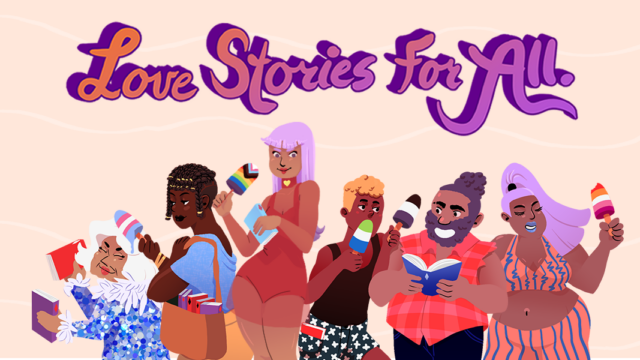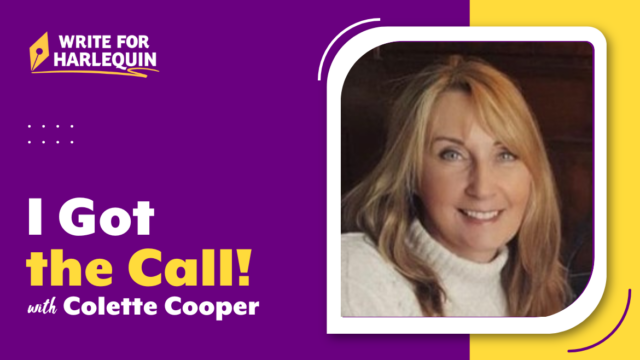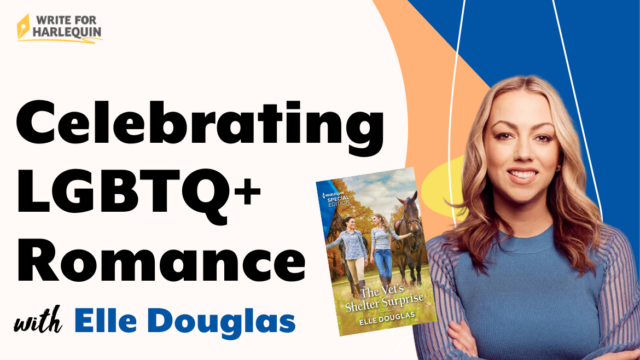Read on, and don’t forget to join the conversation on Twitter by using the hashtag #sytycw.
What point of view should you choose for your romance novel? Carina Press Senior Editor Kerri Buckley offers tips on first person POV and Editorial Assistant Nicola Caws talks about third person narration, head-hopping and more.
Getting Some Perspective on Perspective: First Person POV

- Kerri Buckley @BuckleyKerri
Hate it or love it, the first person point of view has become an increasingly popular option for writers across genres, romance in particular. Personally, I love it—when it’s well done, the deep emotional connection to a hero/heroine it provides can completely sell me on a book, and I believe some stories (and authors) are just better suited to it than they’d be to the third person. Romance is an intimate genre and the first person point of view is one way to create instant intimacy with your readers.
Some examples:
First Person Present: I polish off my second glass of wine, trying to keep my expression neutral.
First Person Past: My cheeks warmed at his look, the zing of it reaching all the way to my toes.
Dual First Person (example is Present; can be done in Past):
Hero: In front of me, the ice-blond braid swinging on a primly dressed woman’s back makes me sway on the spot.
Heroine: At the corner, I double over, desperately trying to pull air into my lungs.
Does your WIP (work in progress) utilize the first person POV? Here are some dos and don’ts to help make this approach work:
Do:
- Create an interesting main character. He/she needn’t be “likable” right off the bat, but you’re asking your readers to spend hours up close and personal with him/her. There needs to be enough going on to keep readers’ attention but not enough quirky detail or oddball traits that your narrator’s personality becomes grating or annoying.
- Move beyond your hero/heroine’s feelings and emotions. Balance internal asides and introspection with dialogue and action to avoid too much “tell” and not enough “show.”
- Related to the above, remember that we still need to understand the where, when, and why of your story through backstory, setting and external conflict.
- Carefully consider what information is given, filtered through your hero/heroine, and what is kept back, left for the reader to imagine.
- Always try a scene or two in the third person, just to be sure. Is first person really right for you/your story?
Don’t:
- Begin every sentence with “I”. This becomes dull—and even irritating—very quickly. Vary your sentence structure and content to keep the narrative moving and avoid repetition fatigue.
- Use infodumps to introduce your narrator. Would your heroine begin a conversation by telling everyone all about herself? Work in relevant details gradually and naturally.
- Rely on a mirror or a window to convey what your hero or heroine looks like. This has been done so frequently it’s now something of a running joke among readers/editors.
- Switch POVs too rapidly, if you’re using dual first person narration. It’s jarring!
As always, the best writing advice is to read! Check out some truly wonderful examples from Carina Press of first person POV done right in the recommended reading list at the bottom of the page.
Exploring Multiple Points of View with Third Person Narration

Nicola Caws @NicolaCaws
The third person narrative is probably the most common mode of storytelling, so when it comes to romance this opens up great options for you to not only explore your heroine’s point of view, but also your hero’s!
Whilst you flex your author voice, the third person lets you dive deep into both of your central characters’ thoughts and feelings, allowing you to explore the implications of both of their backstories and emotional conflicts (the internal barriers that prevent them from falling in love). All the different, conflicting aspects of your characters can be fleshed out, making them three-dimensional, and readers should therefore feel able to empathise and travel through the journey with BOTH characters. That can be incredibly rewarding, giving a similar effect to movies such as Dear John, where we move from home to combat to see  two sides of the story.
two sides of the story.
Using the third person often involves limiting your focus to one perspective at a time, where we see only the heroine’s thoughts, for example, instead of having a completely omniscient narrator. This limitation can work particularly well in romance, because there can be fantastic opportunities for building tension if the reader is “stuck” in one character’s head for a scene or a chapter, experiencing their romantic doubts alongside them!
However, when the focus shifts from hero to heroine, sometimes the different viewpoints can be distracting. This is known as head-hopping—when the third person voice suddenly and frequently switches perspective. If a switch is well-timed and used with purpose, it can be very effective, e.g. if the hero proposes, this could be a great moment to flip to the heroine’s perspective, so the reader feels as if they’re making the decision with her. However, repeated changes of perspective within a scene or paragraph (or even sentence) can leave the reader feeling disoriented.
So, choose such moments with care! The end of chapters or scenes, clear breaks in dialogue or action, and powerfully emotional turning points are probably the safest, most effective points to make the switch. In The Night Circus, Erin Morgenstern explores many different points of view throughout the novel. But in her third person narration we are limited to only one point of view per chapter or section.
Feel free to experiment with point of view, especially when you’re considering using the third person to spin your tale! But do think carefully and remember that any change in perspective should always serve a purpose.
Further reading:
Great examples of first person narratives:
Great examples of third person narratives:

